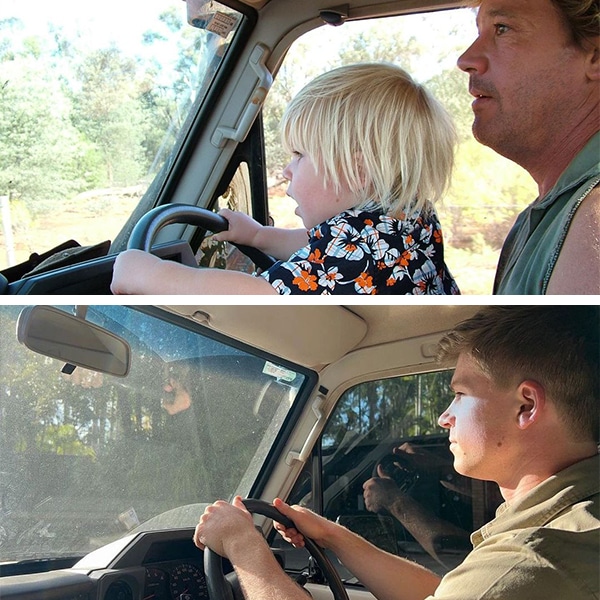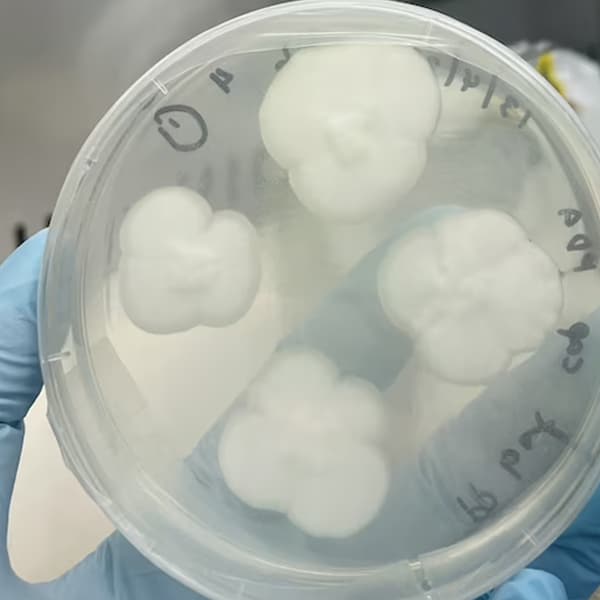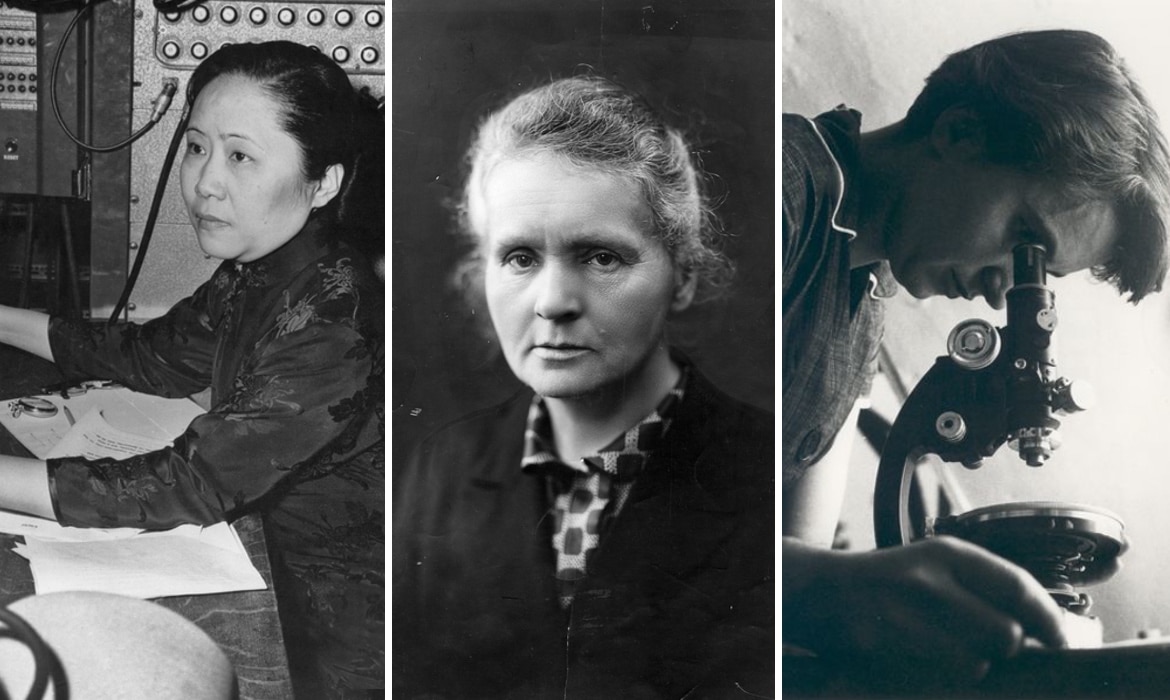
From left to right: Chien-Shiung Wu, Marie Curie, Rosalind Franklin
Whether advancing cancer treatment techniques or helping us land on the Moon, women in science have helped change the course of history. While there is still work to be done in getting more women involved in STEM careers, there are countless examples of incredible female scientists who have worked tirelessly to advance our knowledge of the scientific world. In fact, we can easily name famous female scientists who can truly say that they've made a lasting impact on society.
From well-known legends like Marie Curie to scientists like Alice Ball (whose premature death cut her career short), there are countless women who have contributed to science. Physics, chemistry, astronomy, and mathematics are just some of the fields where these women have made an impact. Some, like Caroline Herschel struggled to get recognition at a time when earning a wage as a female scientist was unheard of. Others, like Jennifer Doudna, are leading the way into the future by developing new technologies.
Get inspired by some of the incredible women on our list, which includes four Nobel Prize winners.
Here are 11 incredible famous scientists that should be heralded for their contributions to society.
Caroline Herschel, Astronomer (1750–1848)
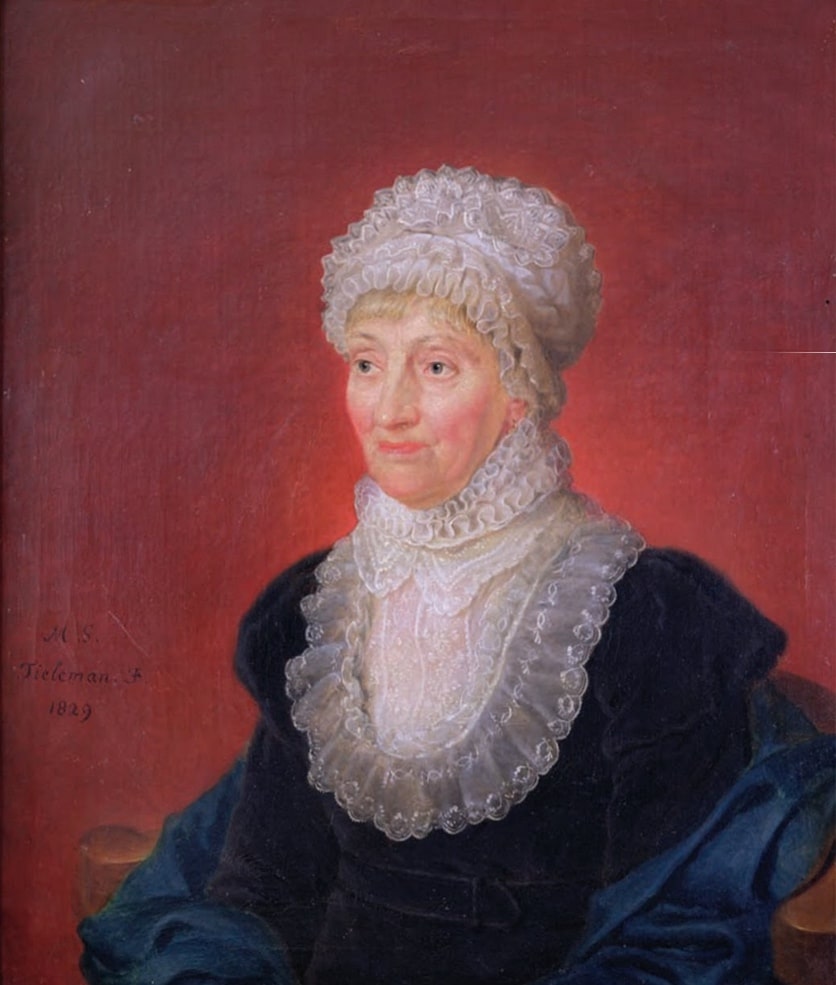
Portrait of Caroline Herschel (Photo: Wikimedia Commons, Public domain)
Full Name
|
Caroline Herschel
|
Born
|
March 16, 1750 (Hanover, Holy Roman Empire)
|
Died
|
January 9, 1848 (Hanover, German Confederation)
|
Notable Contribution
|
Discovered several comets; first woman to receive a salary as a scientist
|
Caroline Herschel‘s path to astronomy began when she left her native Germany to live with her brother William Herschel in England. Though her mother had attempted to stifle her education, Herschel was naturally curious and began to cultivate an interest in astronomy alongside her brother. Though she began by helping him mount telescopes and record his observations, she began her own career in earnest. She discovered many comets and was one of the first women to do so. After sending her findings to the Astronomer Royal, she was asked to correct the official star catalog. Eventually, the Royal Family began paying her a salary for her work as her brother's assistant—something unheard of for a woman at the time.
In 1835, she—along with Mary Somerville—was named an honorary member of the Royal Astronomical Society. They were the first two women to become members.
Marie Curie, Physicist (1867–1934)
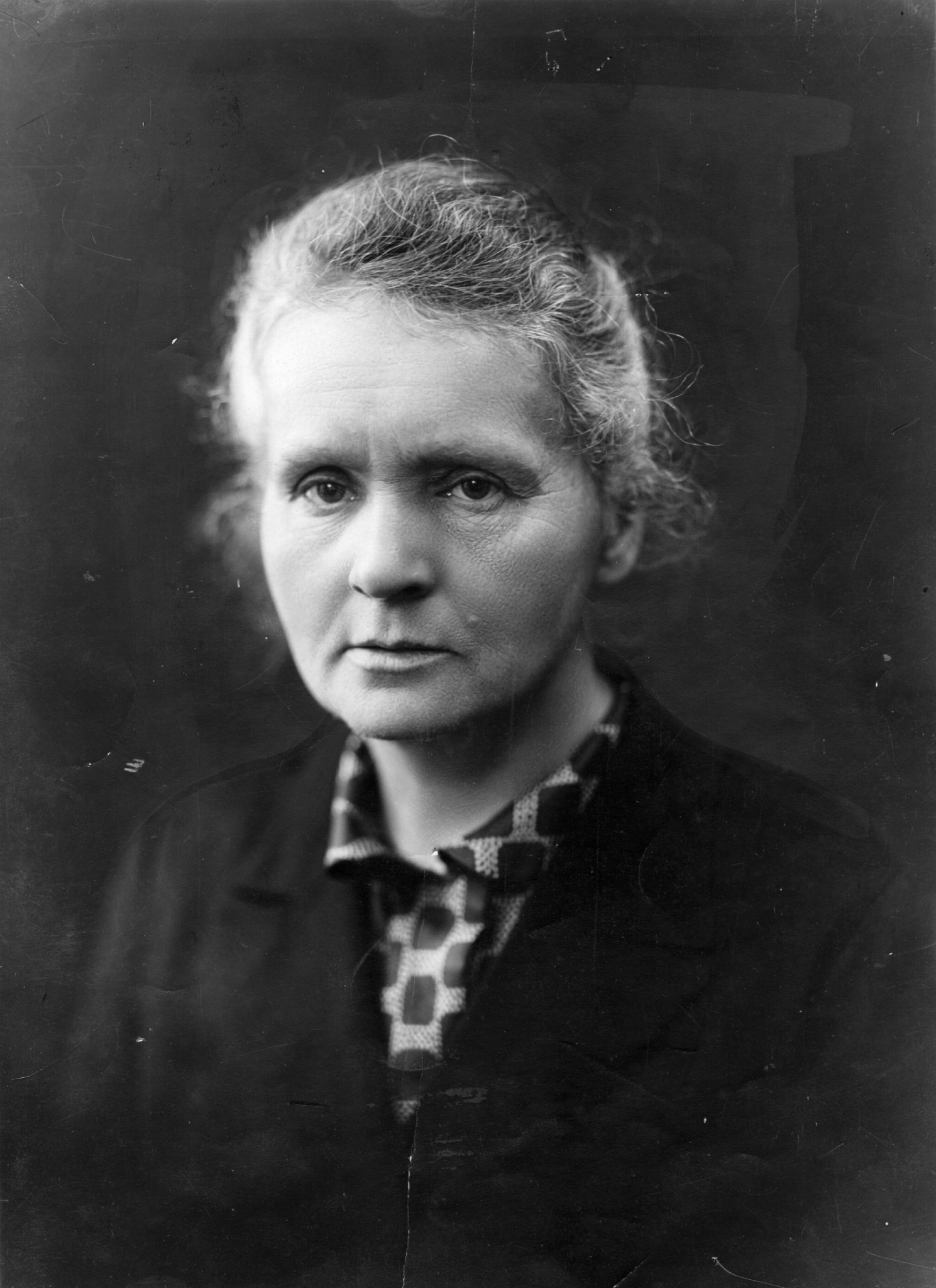
Portrait of Marie Curie (Photo: Wikimedia Commons, Public domain)
Full Name
|
Marie Curie
|
Born
|
November 7, 1867 (Warsaw, Poland)
|
Died
|
July 4, 1934 (Passy, Haute-Savoie, France)
|
Notable Contribution
|
Pioneered research on radioactivity; first woman to win a Nobel Prize
|
Any list of incredible female scientists would be severely lacking without the inclusion of the iconic Marie Curie. Her achievements as a physicist go well beyond her gender, though she continues to inspire generations of female scientists. Not only did Curie discover two elements—radium and polonium—but she also coined the word radioactivity. She was the first person to attempt radiation therapy for cancer and championed its use in medicine. Curie also developed mobile X-ray units that were used in World War I to help wounded soldiers get the care that they needed.
In 1903, Marie Curie was the first woman to win the Nobel Prize in Physics—or any Nobel Prize for that matter—for her work on the “radiation phenomenon.” In 1911, she added another Nobel Prize to her list of honors. This time she won the Nobel Prize in Chemistry for her work in isolating radium. To this day, she is the only person to be awarded Nobel Prizes in different scientific categories.
Alice Ball, Chemist (1892–1916)
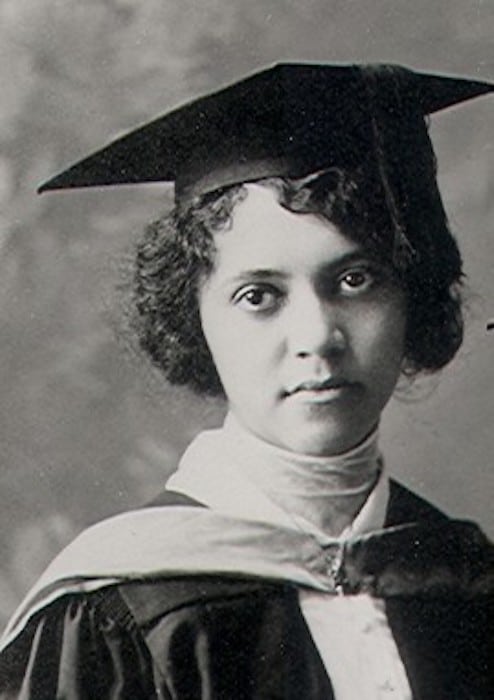
Portrait of Alice Ball (Photo: Wikimedia Commons, Public domain)
Full Name
|
Alice Ball
|
Born
|
December 31, 1882 (Seattle, Washington)
|
Died
|
December 31, 1916 (Seattle, Washington)
|
Notable Contribution
|
Developed the "Ball Method" for treating leprosy; first woman and first African American to receive master's degree from the University of Hawai'i
|
Though Alice Ball only lived to the age of 24, her legacy is enduring. As an undergraduate studying pharmaceutical chemistry, she was already breaking barriers. During that time, she published an article alongside her male professor in a respected scientific journal, which was a rare feat for a woman and an even rarer feat for an African American woman at the time.
Ball would go on to become the first woman—and first African American—to earn a master's degree at the University of Hawaii. She would also become the university's first Black woman chemistry professor. She also did critical work in the fight again leprosy by developing a treatment called the “Ball Method,” which was the most effective available in the early 20th century.
Cecilia Payne-Gaposchkin, Astrophysicist (1900–1979)
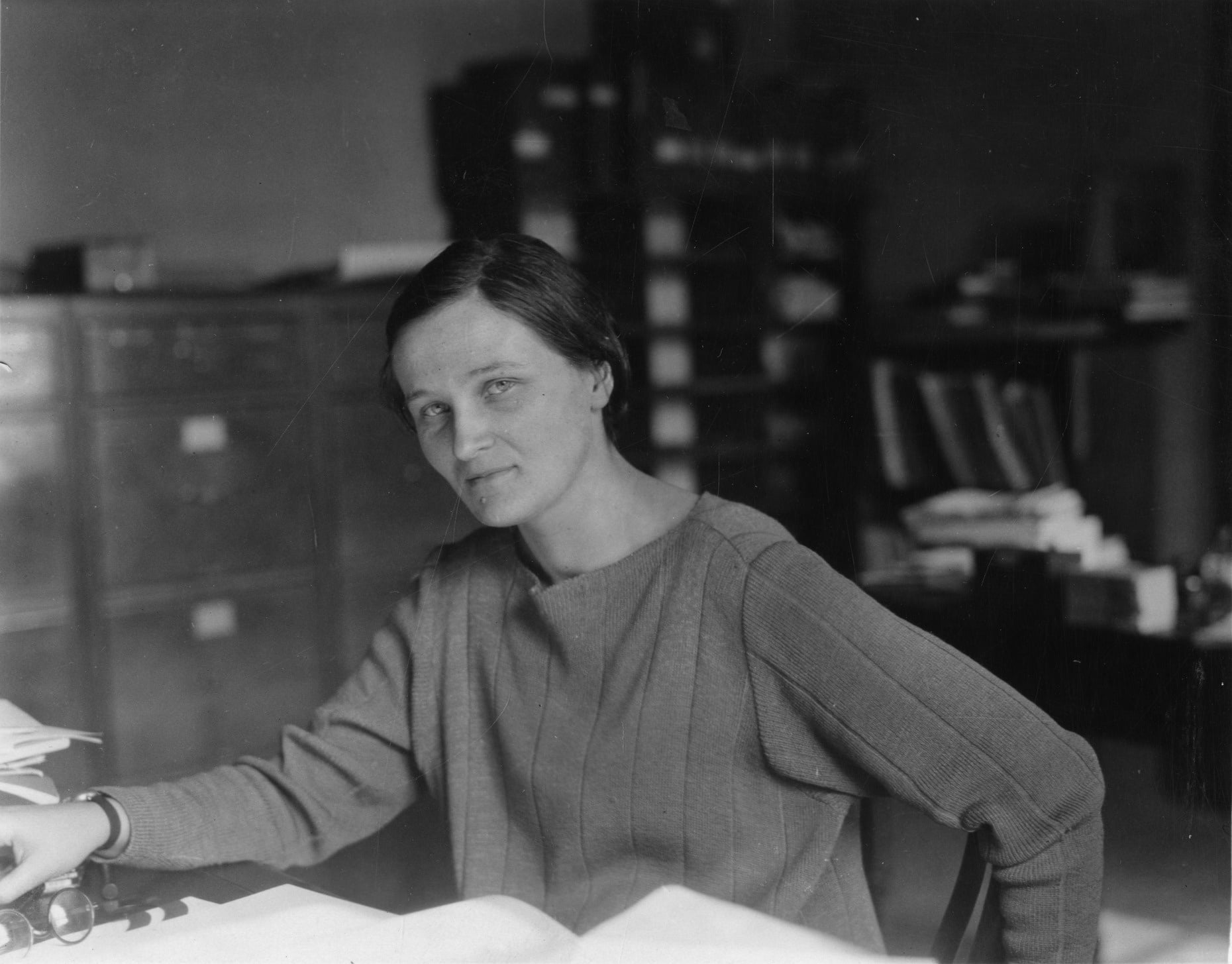
Photo of Cecilia Helena Payne Gaposchkin (Photo: Wikimedia Commons via Smithsonian Institution, Public domain)
Full Name
|
Cecilia Payne-Gaposchkin
|
Born
|
May 10, 1900 (Wendover, Buckinghamshire, England)
|
Died
|
December 7, 1979 (Cambridge, Massachusetts)
|
Notable Contribution
|
Proposed that stars were made of mostly hydrogen and helium
|
There was a time when the world wasn't sure what stars were made of. But thanks to the work of Cecilia Payne-Gaposckin, we all know that they are composed of helium and hydrogen. Even more impressive than this discovery is the fact that the British American astrophysicist made the statement when she was just a doctoral student in 1925. Though the claim in her thesis was rejected by the scientific community initially, it was later proved correct through observation.
As if that contribution wasn't enough, her work on variable stars was also groundbreaking. She and her team made over three million observations that helped determine the evolution of stars and laid the foundation for modern astrophysics. She also marks an important milestone for Harvard University, as she was the first person to earn a Ph.D. in astronomy from Radcliffe College.
Barbara McClintock, Geneticist (1902–1992)
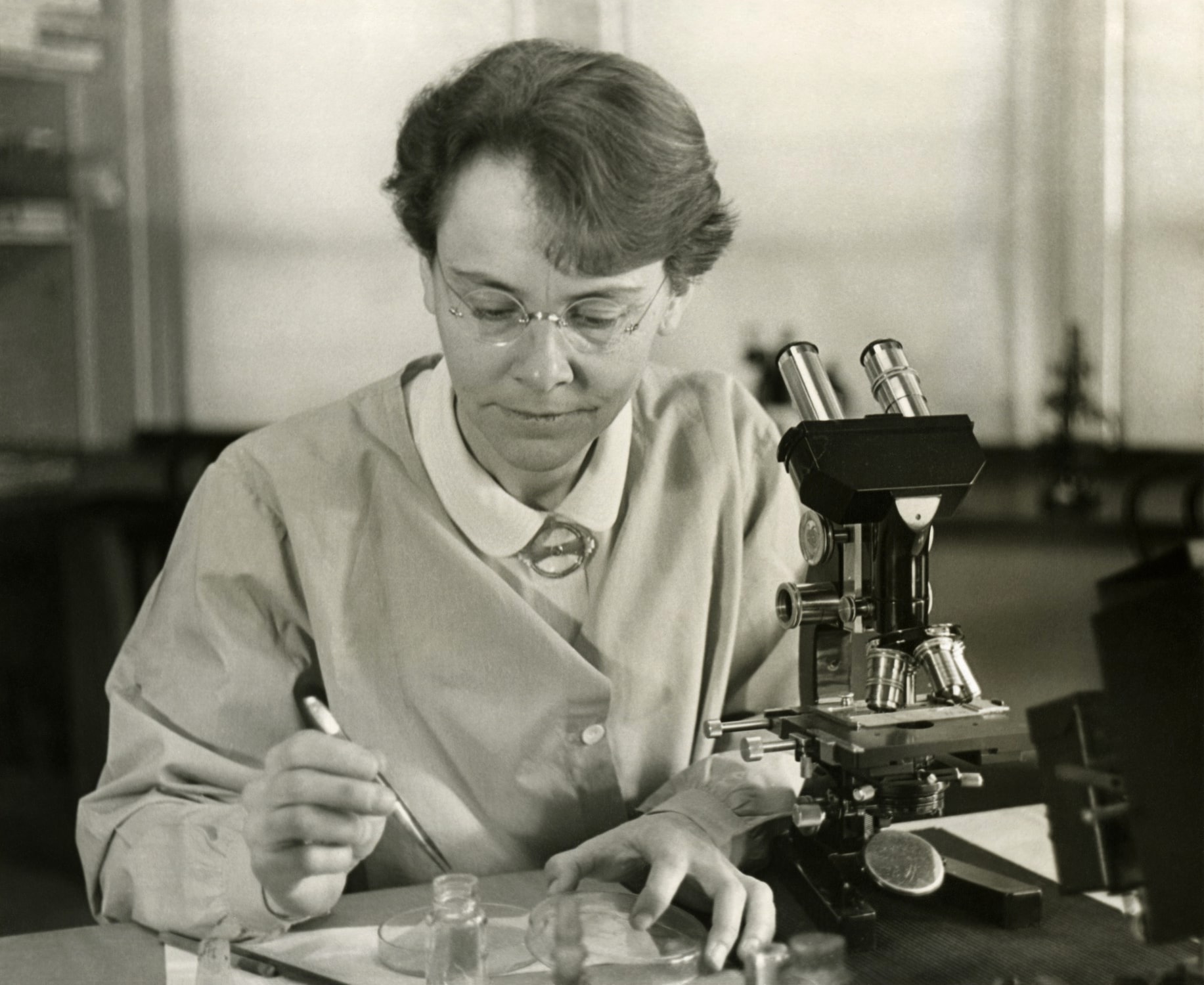
Photo of Barbara McClintock, 1947 (Photo: Wikimedia Commons via Smithsonian Institute Archives, Public domain)
Full Name
|
Barbara McClintock
|
Born
|
June 16, 1902 (Hartford, Connecticut)
|
Died
|
September 2, 1992 (Huntington, New York)
|
Notable Contribution
|
Discovered that chromosomes were responsible for passing down hereditary traits
|
From cancer research to genetic engineering, the discoveries of American geneticist Barbara McClintock have had far-reaching effects. McClintock studied botany and was fascinated by new discoveries in DNA. She did a deep dive into the genetics of maize and realized that chromosomes were responsible for passing down hereditary traits. She also discovered “jumping genes,” or the fact that genes can sometimes transpose, causing certain characteristics to turn on and off.
McClintock won the 1983 Nobel Prize in Physiology or Medicine for her work on transpositions. As of 2021, she is the only woman to win that category on her own.
Maria Goeppert Mayer, Physicist (1906–1972)
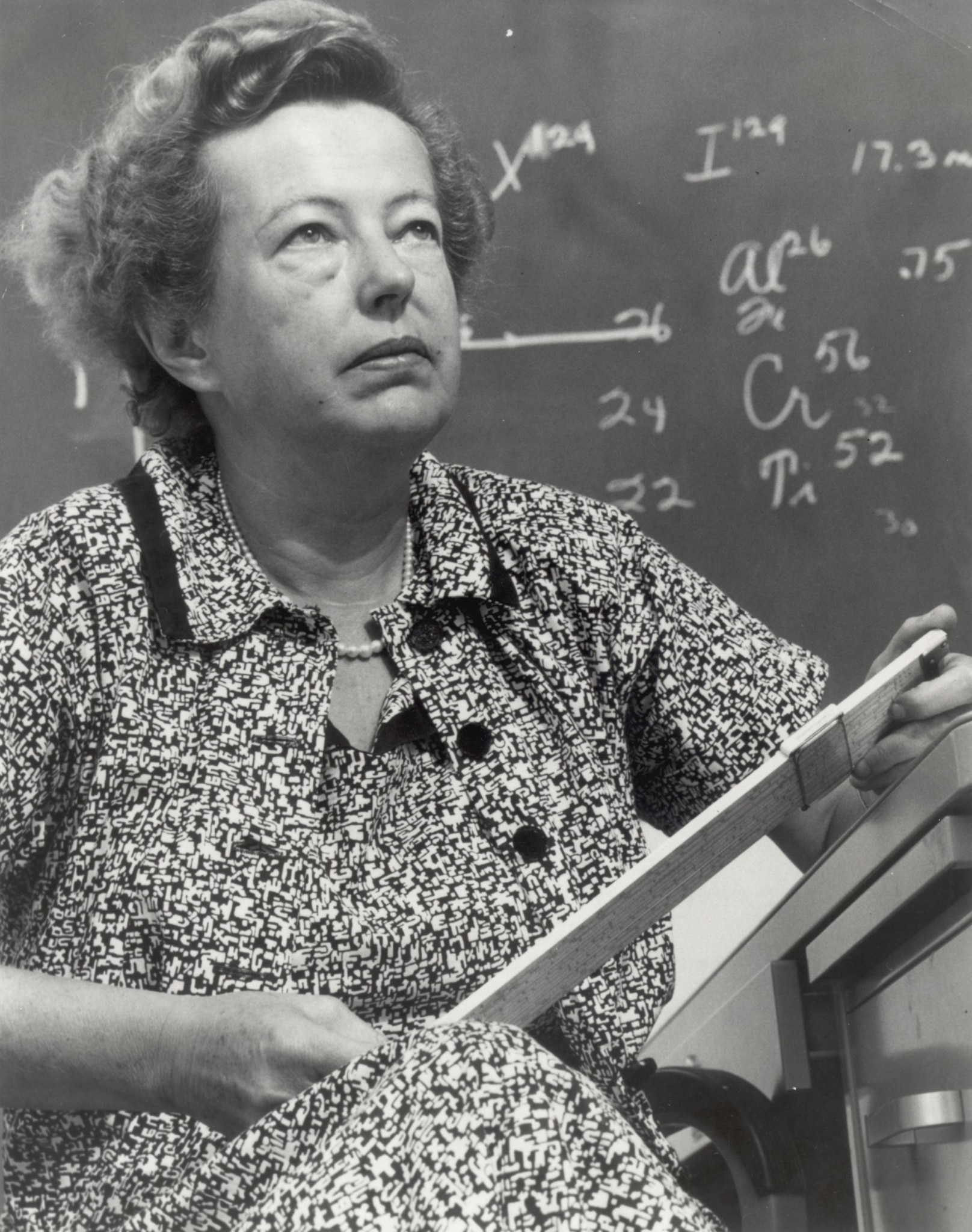
Portrait of Dr. Maria Goeppert-Mayer (Photo: Wikimedia Commons, Public domain)
Full Name
|
Maria Goeppert Mayer
|
Born
|
June 28, 1906 (Kattowitz, German Empire)
|
Died
|
February 20, 1972 (San Diego, California)
|
Notable Contribution
|
Worked on the Manhattan Project; second woman to win the Nobel Prize in Physics
|
German American physicist Maria Goeppert Mayer was only the second woman after Marie Curie to win the Nobel Prize in Physics. She took home the award in 1963, along with two male colleagues, for her work on the structure of nuclear shells. For all her talent, Goeppert Mayer often worked unpaid or voluntary positions at universities following her move to the United States in the 1930s. This was partially due to her gender, but also because there was anti-German sentiment throughout World War II. Not until 1941 did she receive her first paid position as a professor when she worked part-time at Sarah Lawrence College.
However, this did not hold her back. Not only did she work on the Manhattan Project, but she also collaborated with Edward Teller on his “super” bomb. Highly active in the scientific community, the Maria Goeppert-Mayer Award for early-career women physicists was established in her honor in 1986.
Katherine Johnson, Mathematician (1918–2020)
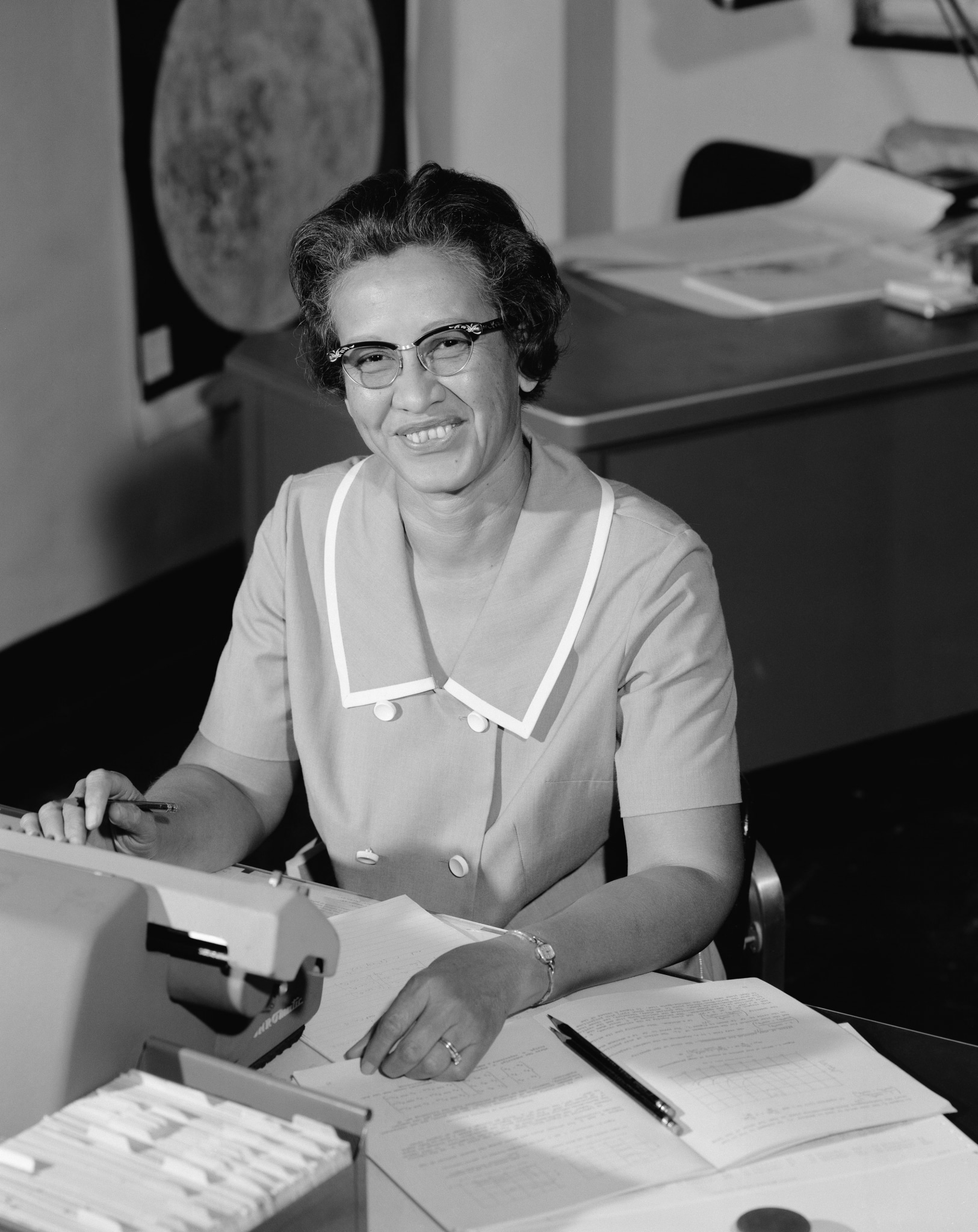
Portrait of Katherine Johnson, 1966 (Photo: Wikimedia Commons, Public domain)
Full Name
|
Katherine Johnson
|
Born
|
August 26, 1918 (White Sulphur Springs, West Virginia)
|
Died
|
February 24, 2020 (Newport News, Virginia)
|
Notable Contribution
|
Calculated the flight path of Apollo 11
|
In 1953, mathematician Katherine Johnson began her legendary career at NASA as a “human computer.” As one of the first Black women to work at NASA, she broke barriers while helping the space agency achieve its goals. One of her finest achievements was calculating the flight path of Apollo 11, which allowed it to successfully land on the Moon and make its way back to Earth.
During her 33-year career, she moved from manually calculating complex trajectories to guiding NASA toward the use of computers. In 2016, her work was celebrated in the film Hidden Figures, in which she was portrayed by Taraji P. Henson.
Rosalind Franklin, Chemist (1920–1958)
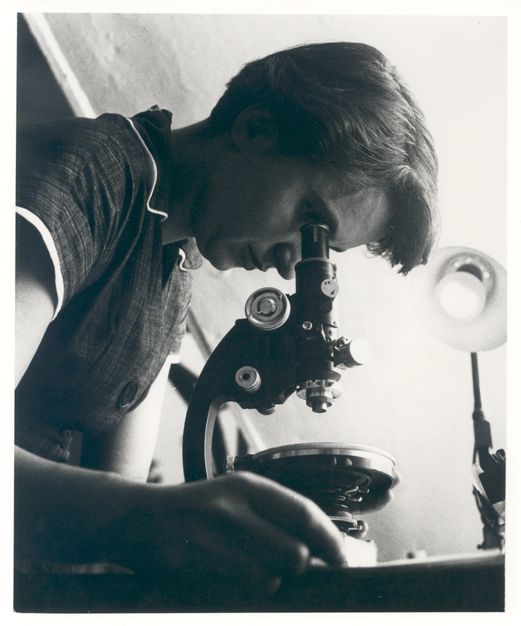
Portrait of Rosalind Franklin, 1966 (Photo: Wikimedia Commons, CC BY-SA 4.0)
Full Name
|
Rosalind Franklin
|
Born
|
July 25, 1920 (Notting Hill, London, England)
|
Died
|
April 16, 1958 (Chelsea, London, England)
|
Notable Contribution
|
Helping understand the molecular structures of DNA
|
Though today Rosalind Franklin is heralded for her work in understanding the structure of DNA, her work was only fully appreciated after her untimely death. The English chemist worked on X-ray diffraction images of DNA that led to the correct identification of its double helix structure. Unfortunately, Franklin's life was cut short after a battle with ovarian cancer. She died in 1958 at the age of 37. Many felt that she should have been awarded a posthumous Nobel Prize in Chemistry for her work, but this was not common practice at the time.
Since her death, her work has been widely recognized and her colleague Aaron Clug continued her research, winning a Nobel Prize for Chemistry in 1982. Many feel that, had she been alive, Franklin would have shared in that honor.
Chien-Shiung Wu, Physicist (1912–1997)
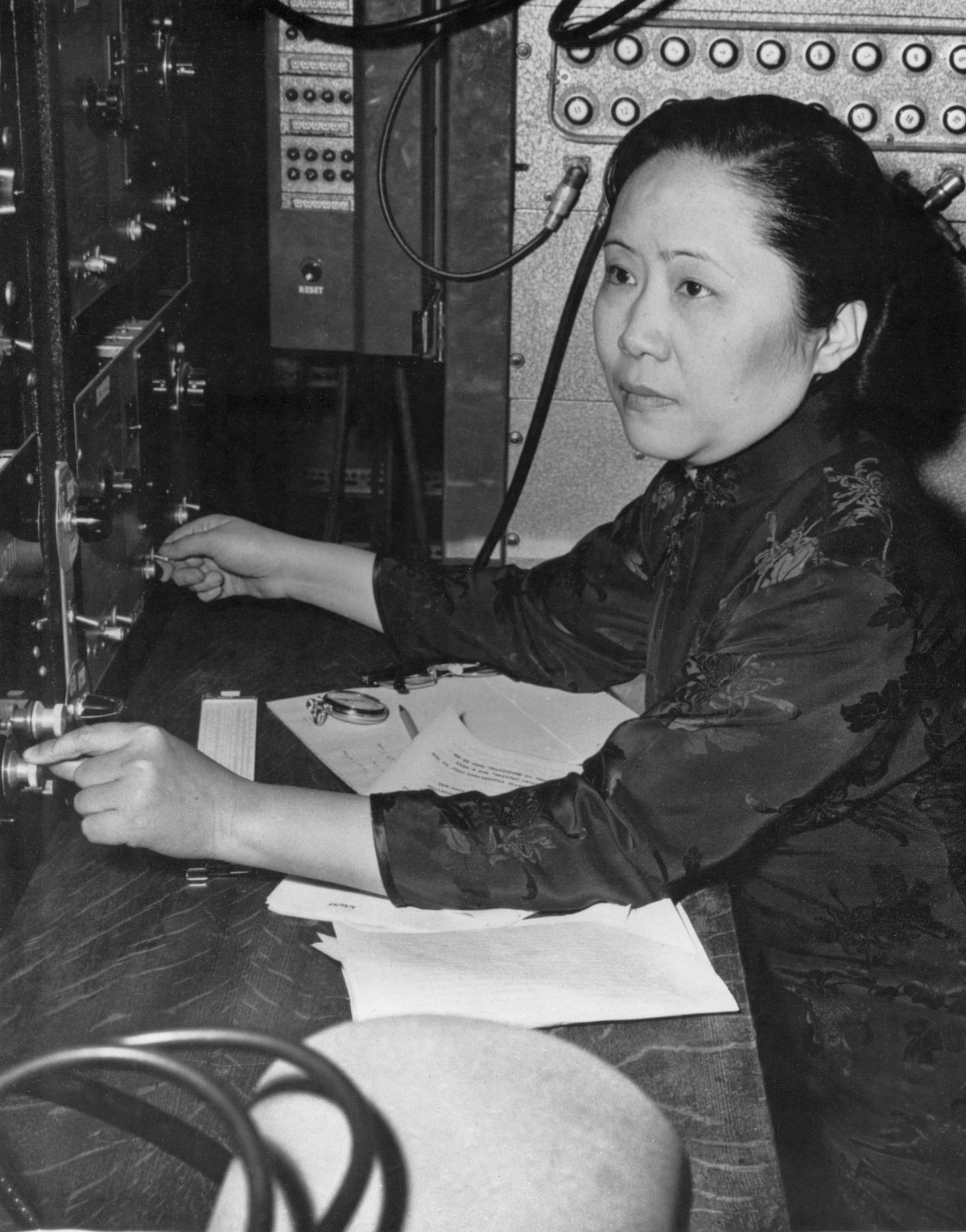
Portrait of Chien-Shiung Wu, 1963 (Photo: Wikimedia Commons via Smithsonian Institution, Public domain)
Full Name
|
Chien-Shiung Wu
|
Born
|
May 31, 1912 (Liuhe, Taicang, Jiangsu, China)
|
Died
|
February 16, 1997 (New York City, New York)
|
Notable Contribution
|
Worked on the Manhattan Project and conducting the Wu experiment
|
Sometimes called “the first lady of physics,” Chinese American physicist Chien-Shiung Wu made significant contributions to the fields of nuclear and particle physics. Wu came to the United States in 1936 to earn her Ph.D. at the University of Michigan with the encouragement of her advisor in China. Though she wished to return to China after her studies, World War II changed her plans. She eventually made contributions to the Manhattan Project, but is perhaps best known for the Wu experiment. This 1956 particle and nuclear physics experiment proved that parity is not conserved. The work earned her two male colleagues who proposed the experiment the 1957 Nobel Prize in Physics. Wu was eventually acknowledged in 1978 for her work when she was awarded the Wolf Prize in Physics.
Wu greatly admired the work of Marie Curie and, interestingly, they are often compared for their work in experimental physics.
Jane Cooke Wright, Oncologist (1919–2013)

Portrait of Jane Cooke Wright (Photo: Wikimedia Commons, Public domain)
Full Name
|
Jane Cooke Wright
|
Born
|
November 20, 1919 (Manhattan, New York City, USA)
|
Died
|
February 19, 2013 (Guttenberg, New Jersey, USA)
|
Notable Contribution
|
Work on chemotherapy
|
Oncologist Jane Cooke Wright was a pioneer in cancer research. Born into a family of doctors, Dr. Wright followed this legacy and forged a name for herself thanks to her innovations in chemotherapy and in finding new drugs to treat breast cancer. She helped make chemotherapy more widely available to the public during her time at the Cancer Research Foundation at Harlem Hospital in the 1950s. Dr. Wright was also the first to identify methotrexate, a drug that is the basis for all modern chemotherapy and is still widely used today.
She also helped found the American Society of Clinical Oncology and was the first female president of the New York Cancer Society. Her interests also carried her abroad, as she traveled to Kenya, Ghana, China, and Eastern Europe to work with other oncologists and treat patients.
Jennifer Doudna, Biochemist (1964–)
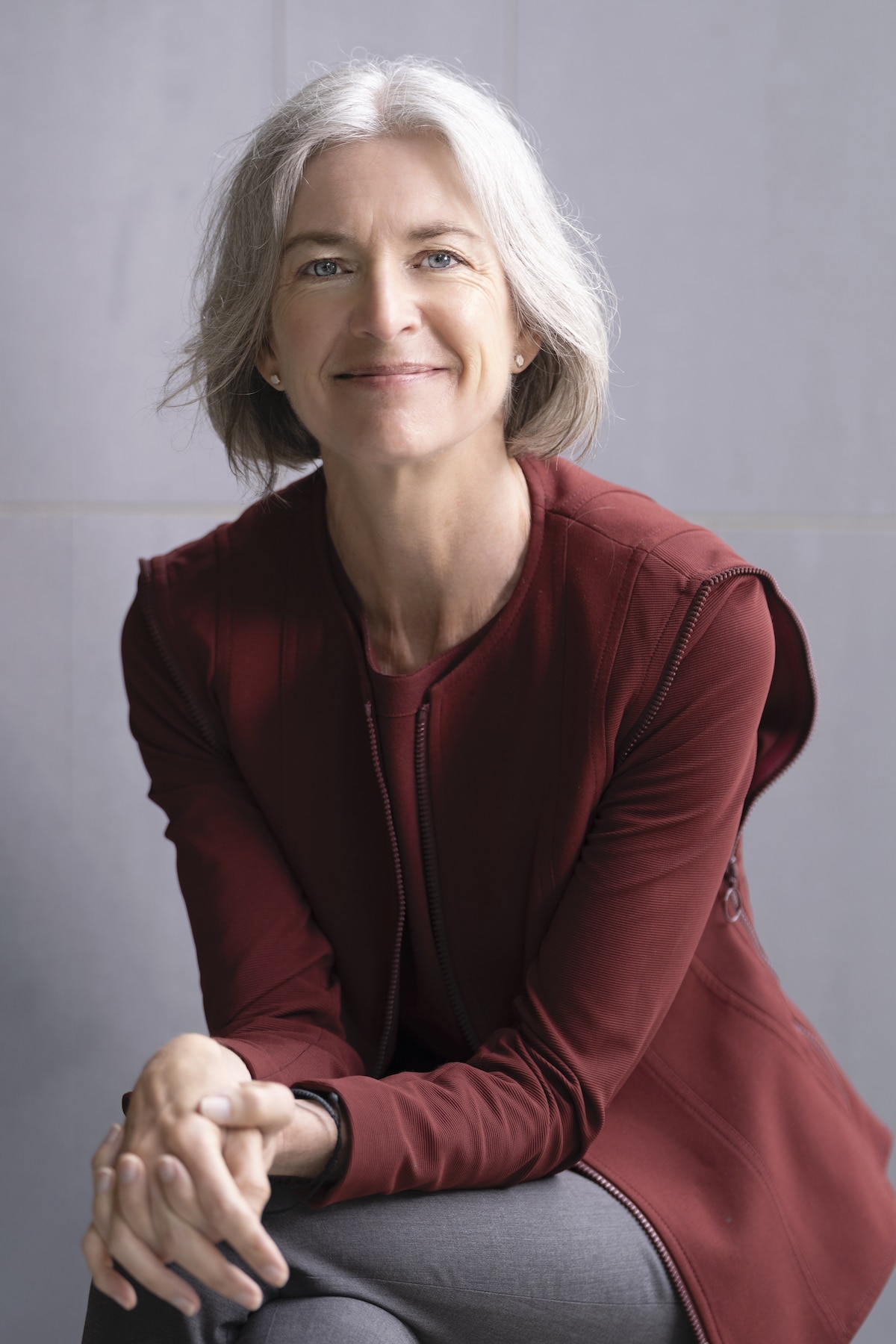
Portrait of Jennifer Doudna, 2021 (Photo: Wikimedia Commons, CC BY-SA 4.0)
Full Name
|
Jennifer Doudna
|
Born
|
February 19, 1964 (Washington D.C., USA)
|
Notable Contribution
|
Work in CRISPR gene editing
|
When biochemist Jennifer Doudna took home the 2020 Nobel Prize in Chemistry—a prize she shared with Emmanuelle Charpentier—she made history as the first woman to win jointly with another woman. Professor Doudna's work on the CRISPR/Cas9 genetic scissors has revolutionized genetic research by allowing scientists to modify a cell's genes in record time.
Professor Doudna is currently the Chair Professor of the chemistry department at the University of Berkeley, California. In response to the COVID-19 pandemic, Doudna and a group of fellow researchers opened a testing center at the Innovative Genomics Institute and used CRISPR-based technologies to help diagnose the illness.
[web_stories_embed url=”https://mymodernmet.com/web-stories/famous-female-scientists/” title=”FAMOUS FEMALE SCIENTISTS” poster=”https://mymodernmet.com/wp/wp-content/uploads/2021/09/famous-female-scientists.jpeg” width=”750″ height=”1250″ align=”none”]
This article has been edited and updated.
Related Articles:
14 Groundbreaking African American Artists to Celebrate This Black History Month
Alan Turing, the Father of Computer Science, Will Appear on the UK’s Next £50 Note
40 Famous Artists Everyone Should Know, From Leonardo da Vinci to Frida Kahlo














































































